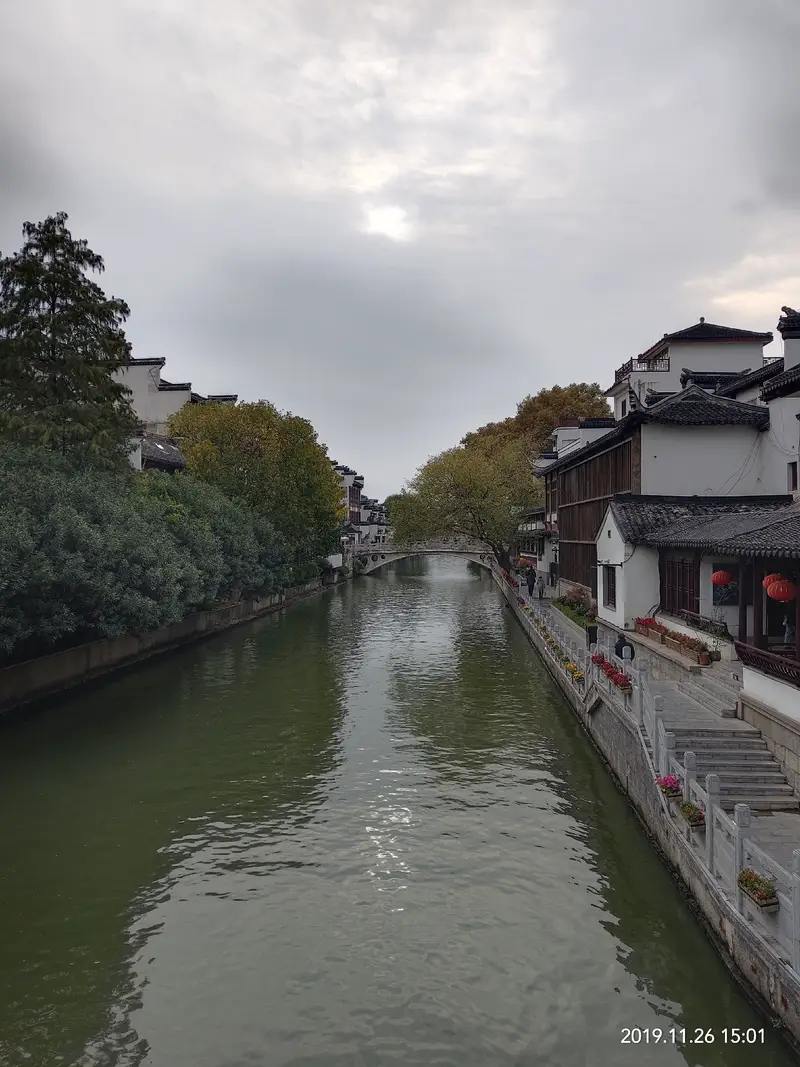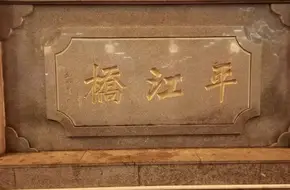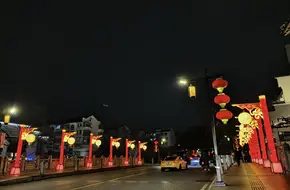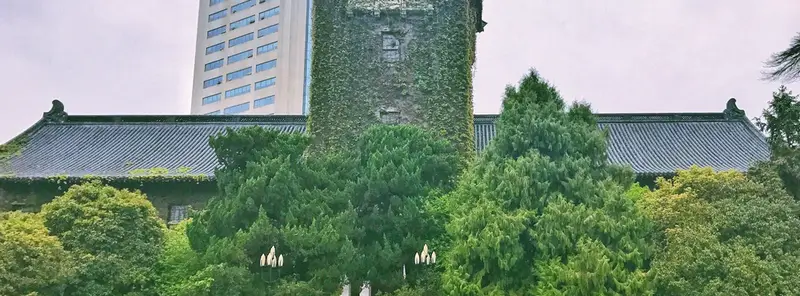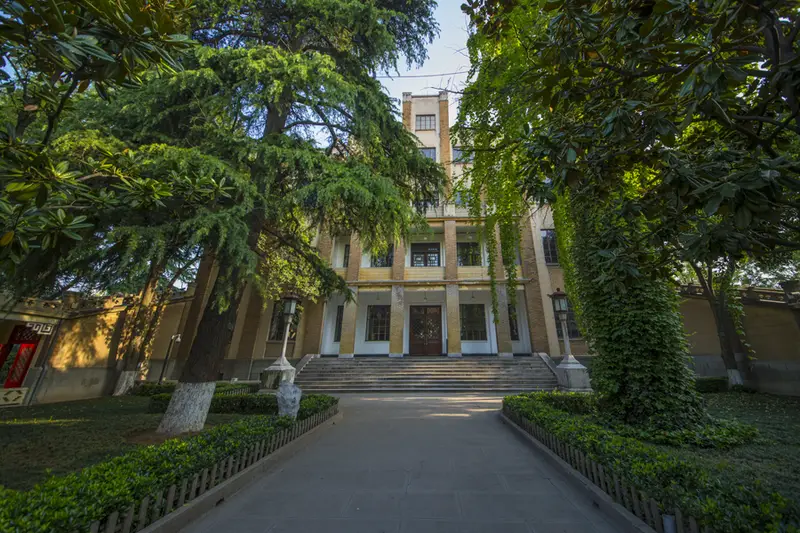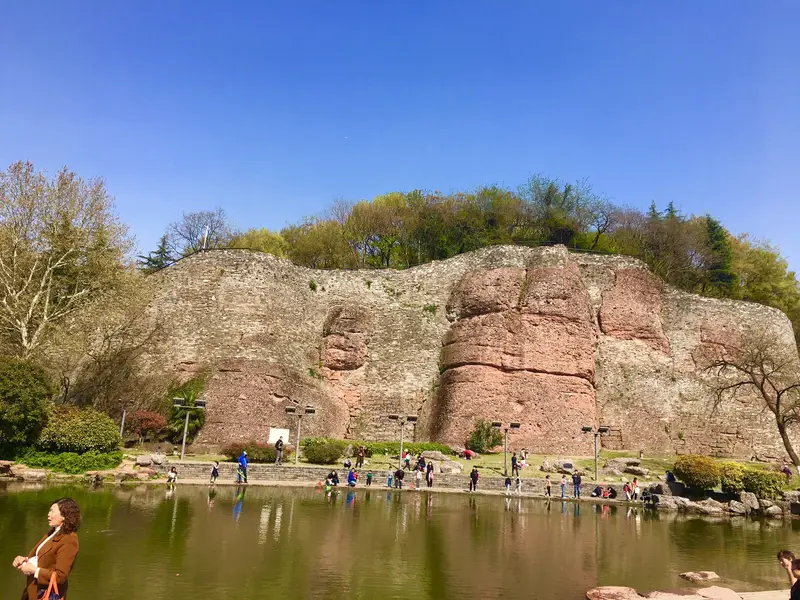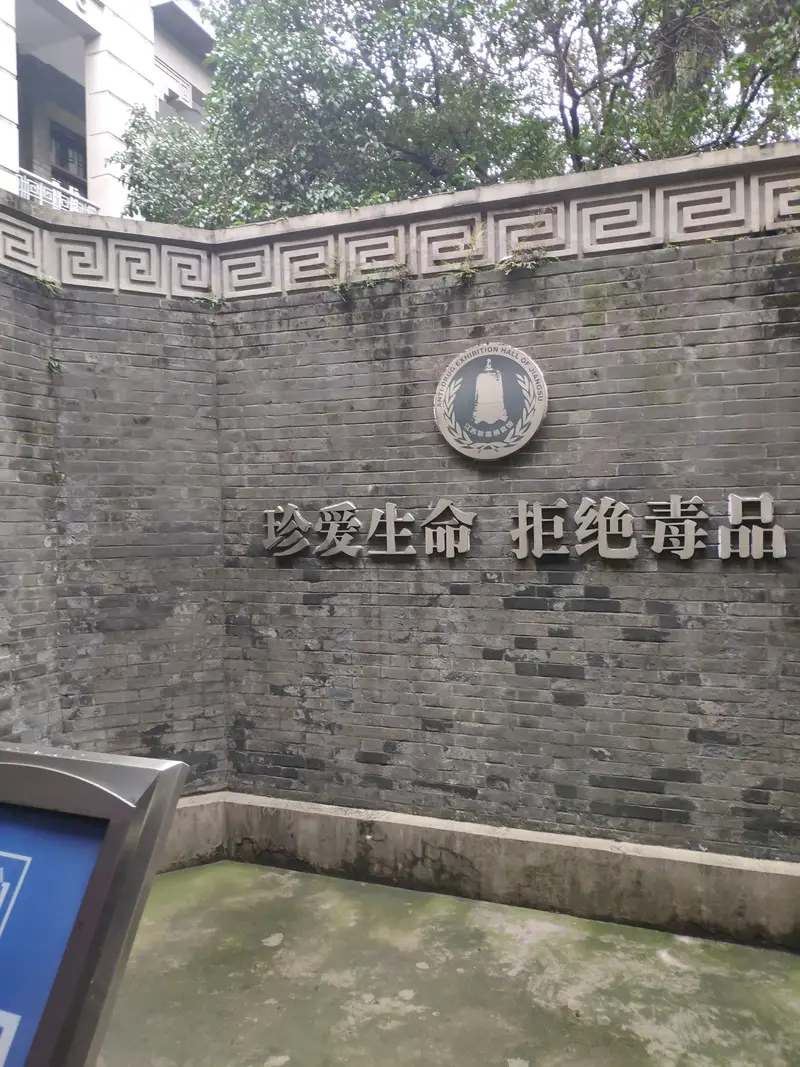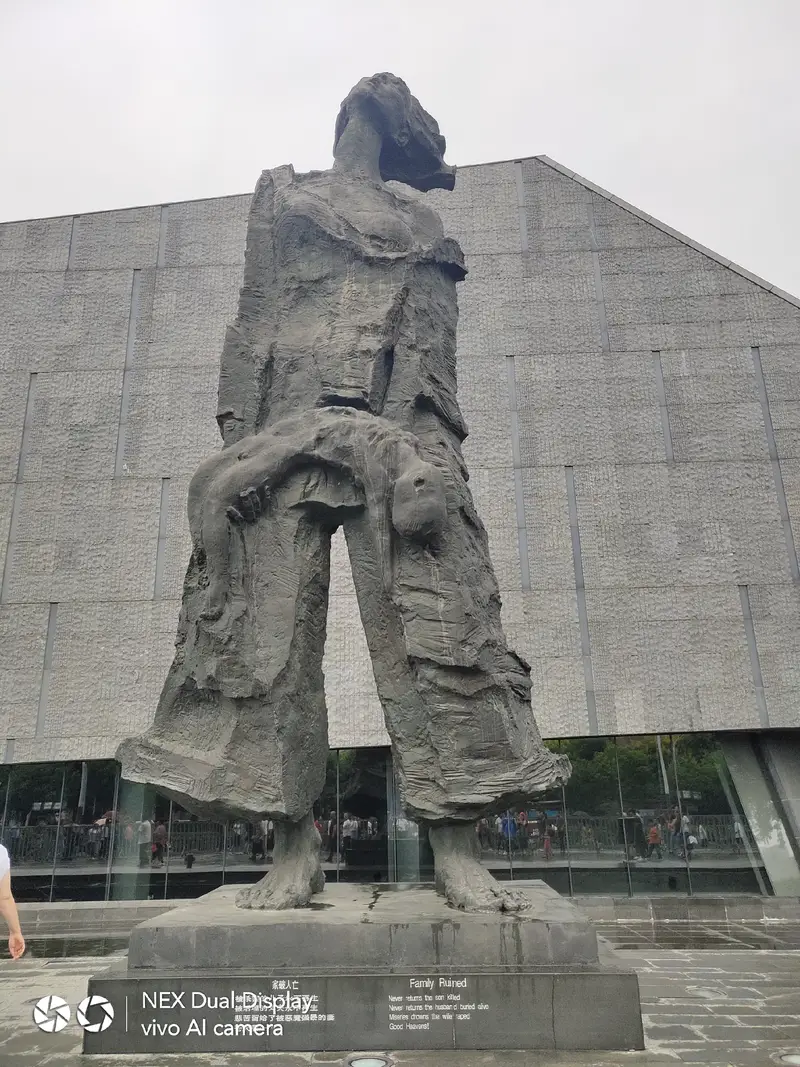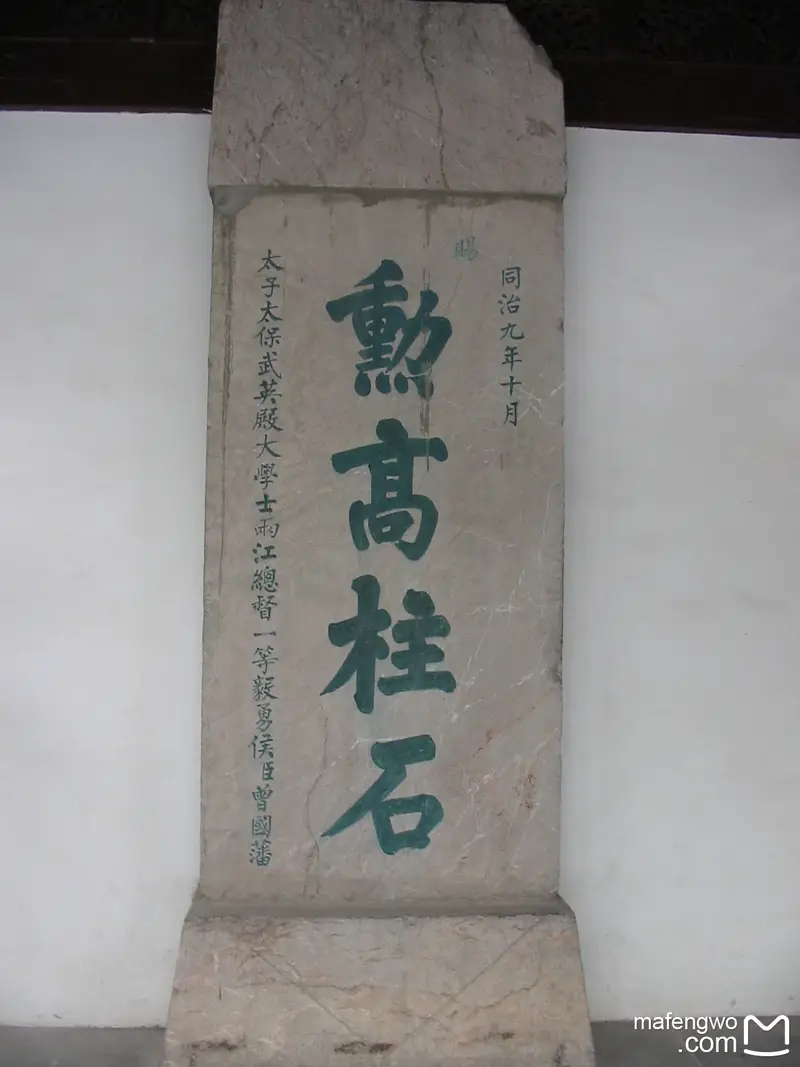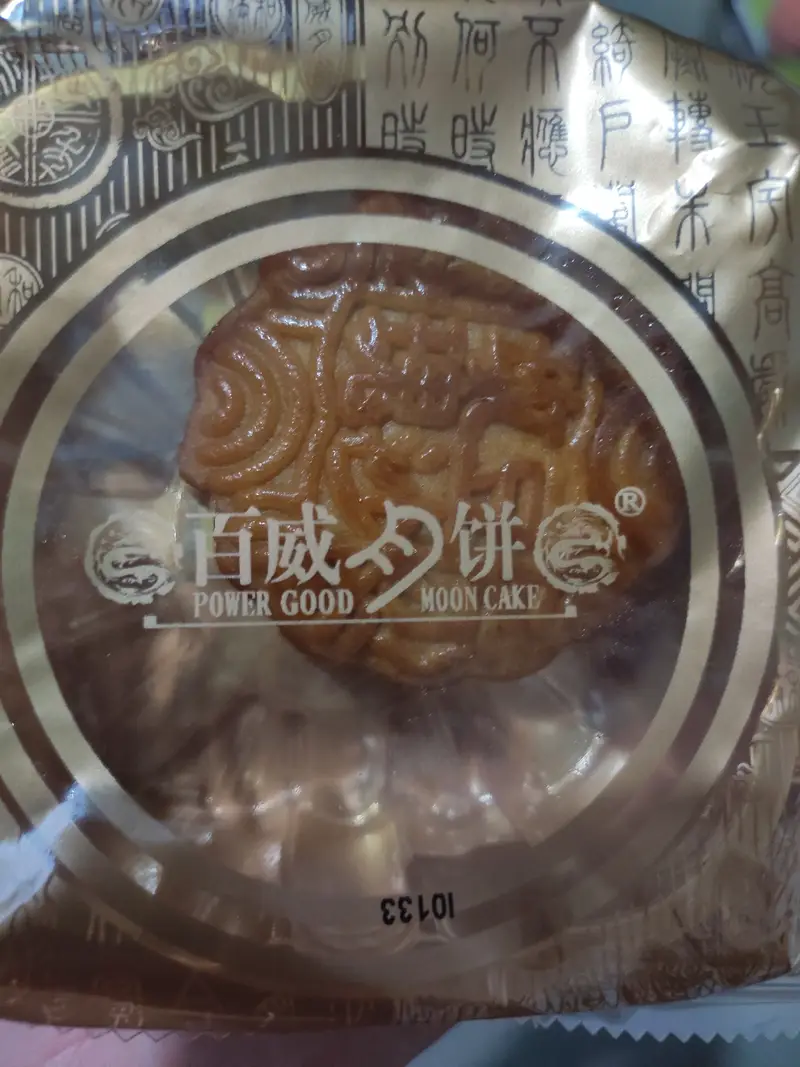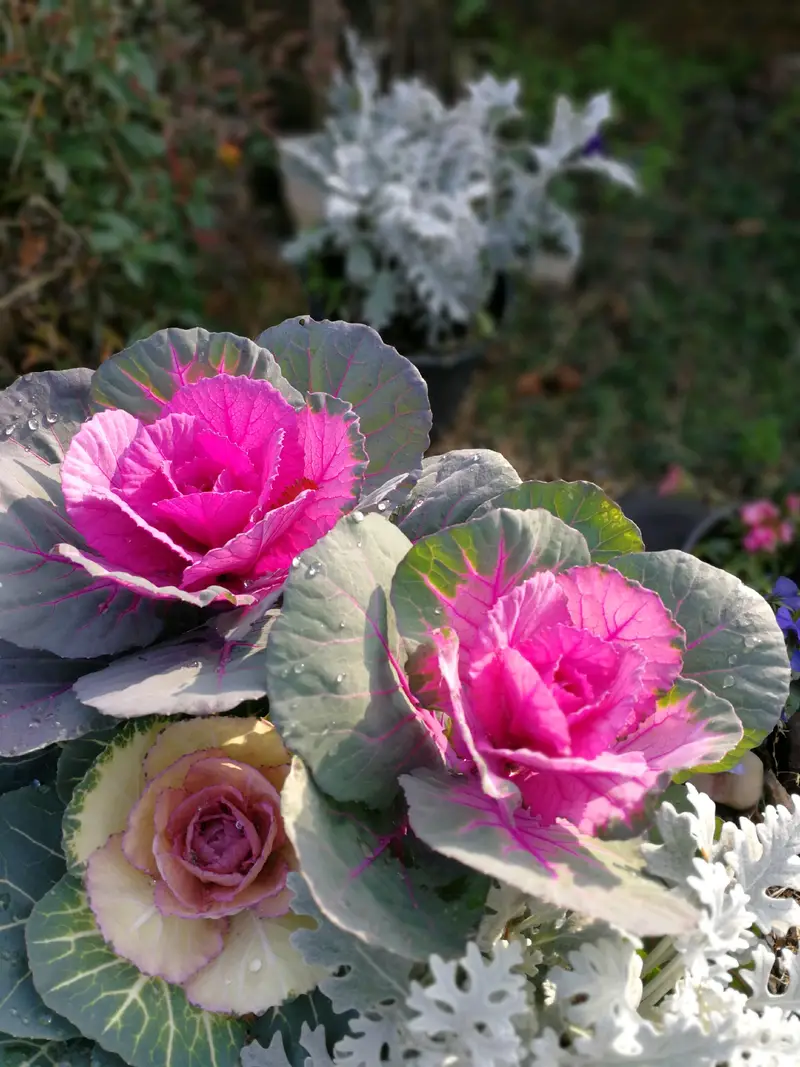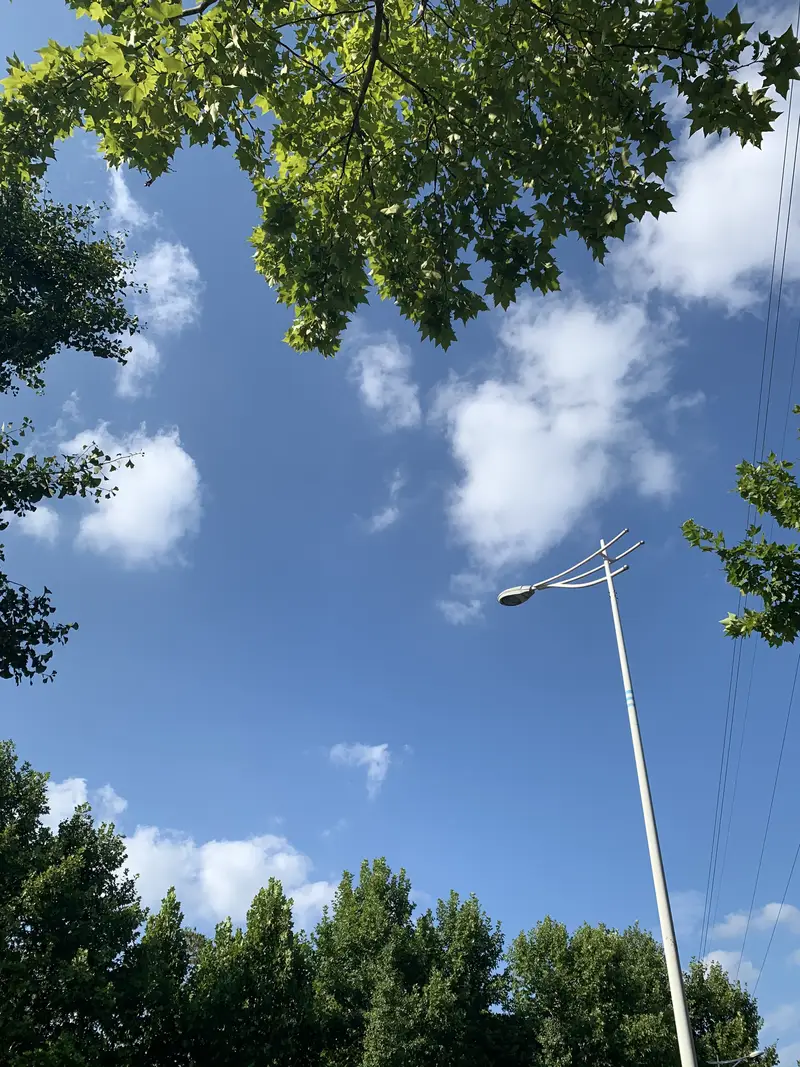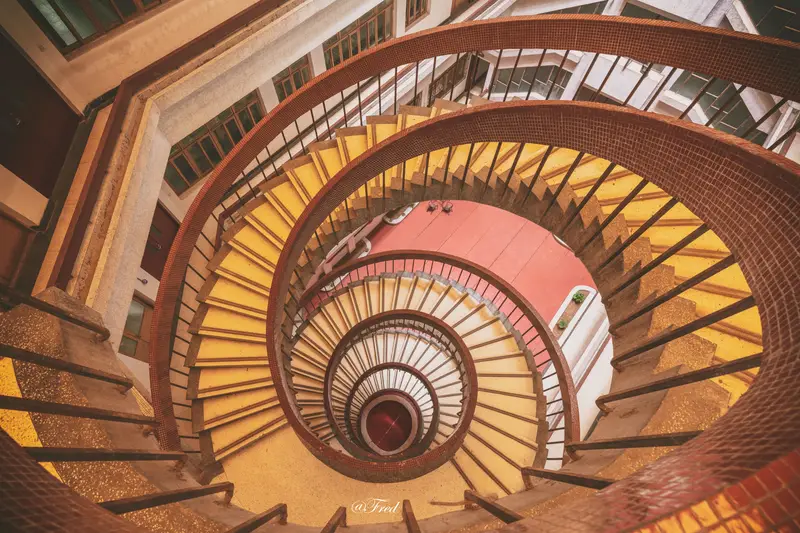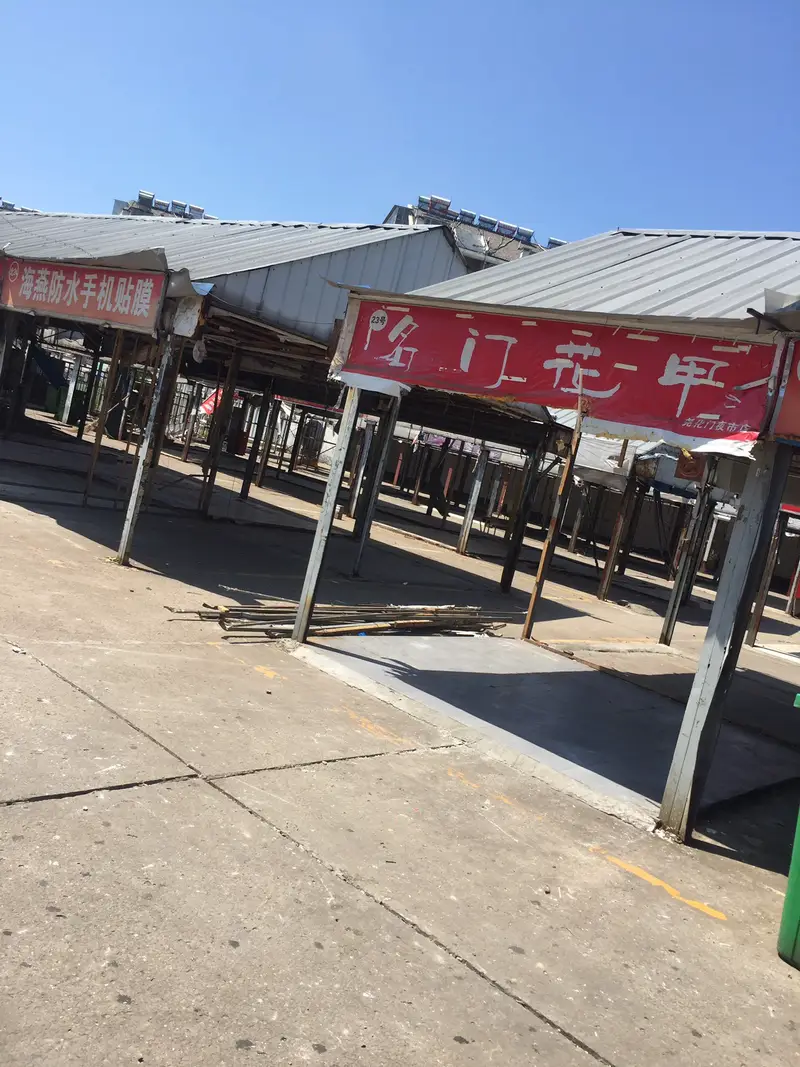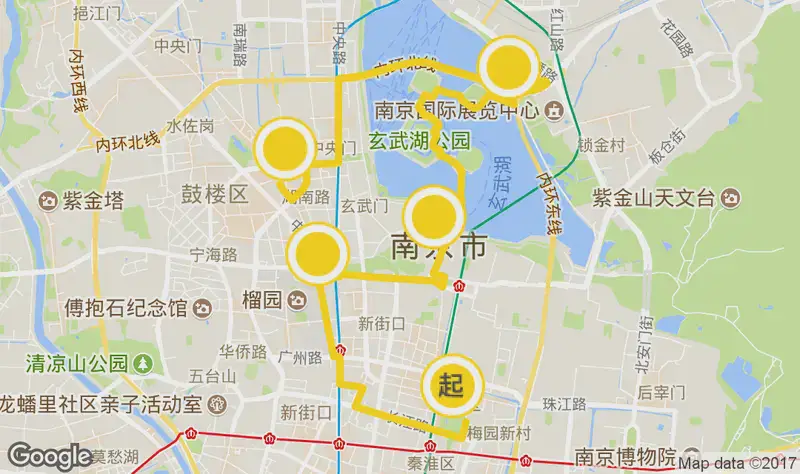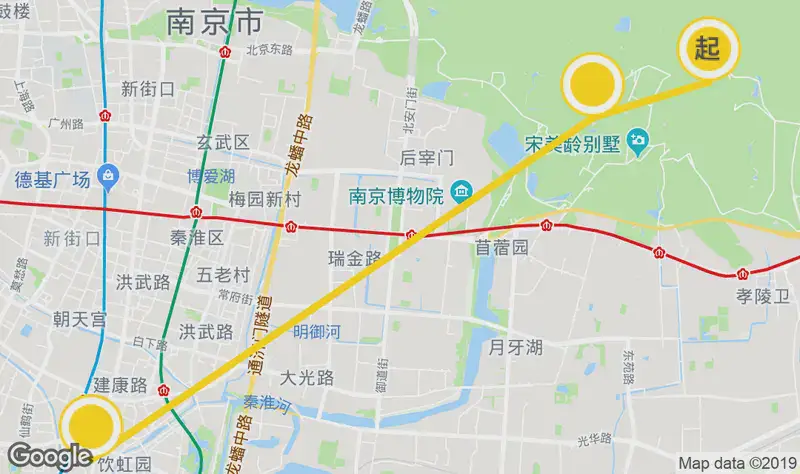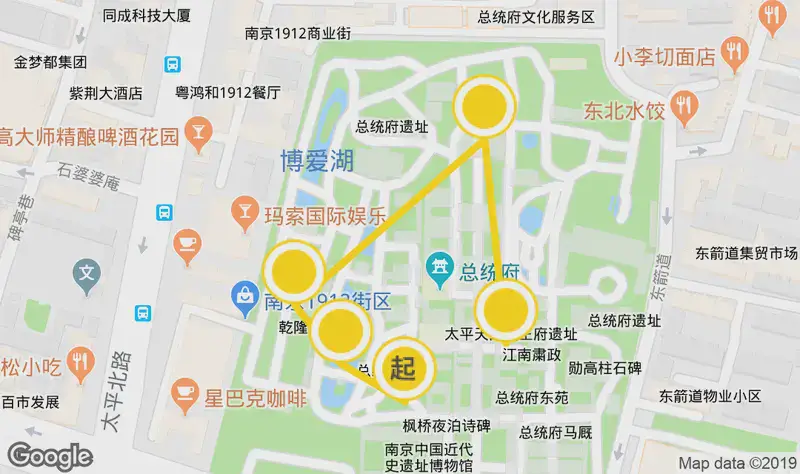Location & How to Get There
Pingjiang Bridge sits in the heart of Nanjing’s Qinhuai District, just a stone’s throw from the bustling Confucius Temple area. To reach it, hop on Metro Line 3 and get off at Confucius Temple Station (Exit 1 or 2). From there, it’s a 10-minute walk through lively streets filled with snacks, souvenir shops, and traditional buildings. If you’re already exploring the Qinhuai River scenic zone, Pingjiang Bridge is an easy detour—it’s tucked between Dashuba Street and Pingjiangfu Road, about 50 meters northwest of their intersection.
Natural Scenery: A Slice of Old Nanjing
Pingjiang Bridge isn’t a grand arch or a towering structure, but its charm lies in its simplicity. The bridge spans a quiet canal, surrounded by weeping willows and flower-lined paths. In spring, cherry blossoms and lotus flowers add splashes of color, while autumn turns the trees into golden sculptures. At dawn or dusk, the water reflects the sky, creating a peaceful scene perfect for photos. Don’t miss the small boats floating under the bridge—they’ve been part of the area’s life for centuries!
Cultural Vibes: History Comes Alive
This bridge isn’t just a pretty spot—it’s a window into Nanjing’s past. Built during the Ming Dynasty, Pingjiang Bridge has watched generations stroll by. Nearby, you’ll find ancient temples and classical gardens that tell stories of emperors and poets. Locals say the bridge’s name means “peaceful river,” reflecting Nanjing’s nickname as the “City of Peace.” Even today, you might spot elderly couples practicing calligraphy or hear traditional music drifting from teahouses near the bridge.
Practical Tips: What to Expect
- Accessibility: The bridge is flat and wide, so it’s easy to walk across, even for strollers or wheelchairs.
- Rest Stops: Benches and shaded pavilions line the canal, making it a great spot to rest.
- Food & Shops: After visiting Pingjiang Bridge, grab steamed buns or sugar-coated hawthorns from street vendors. For deeper dining, head to nearby restaurants serving Nanjing duck blood soup or salty crispy squid.
- Lighting: The bridge glows softly at night, thanks to vintage-style lanterns—a romantic sight for evening walks.
Why Visit Pingjiang Bridge?
While Nanjing’s Purple Mountain or the City Wall hog the spotlight, Pingjiang Bridge offers something rare: quiet beauty and authentic local life. It’s where you can chat with elderly Tai Chi masters, watch kids chase dragonflies, or simply listen to the croak of frogs in the canal. Unlike crowded attractions, this spot feels like a hidden gem—a reminder of why Nanjing is called the “capital of six dynasties.”
Pro Tip: Visit on a weekday morning to avoid crowds. Bring a camera—every season paints Pingjiang Bridge in a new color!


